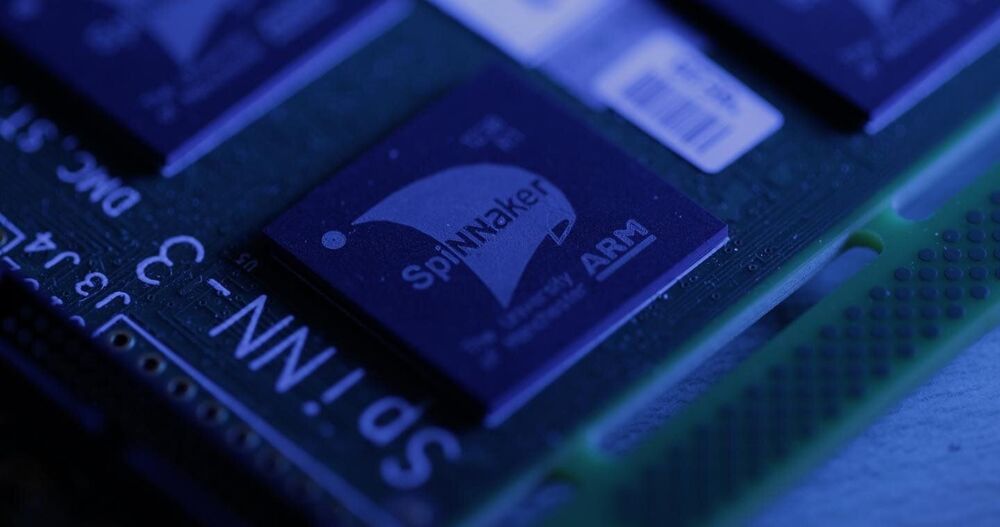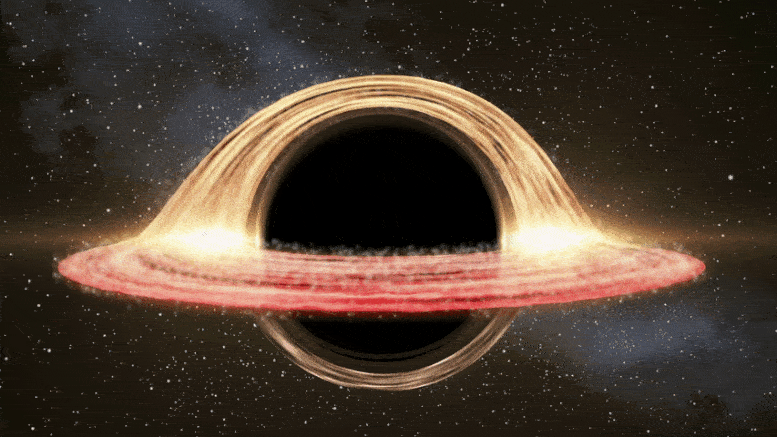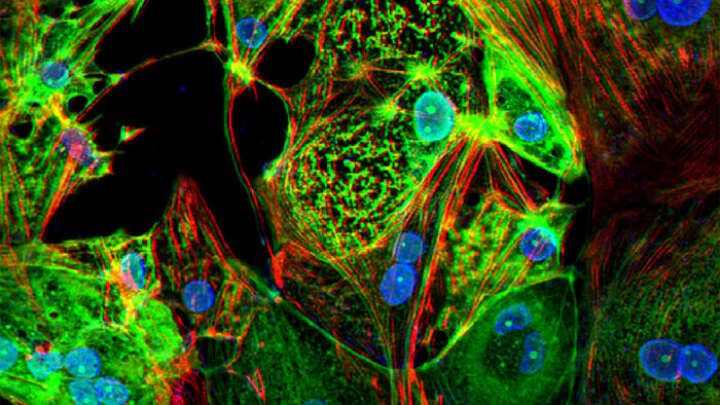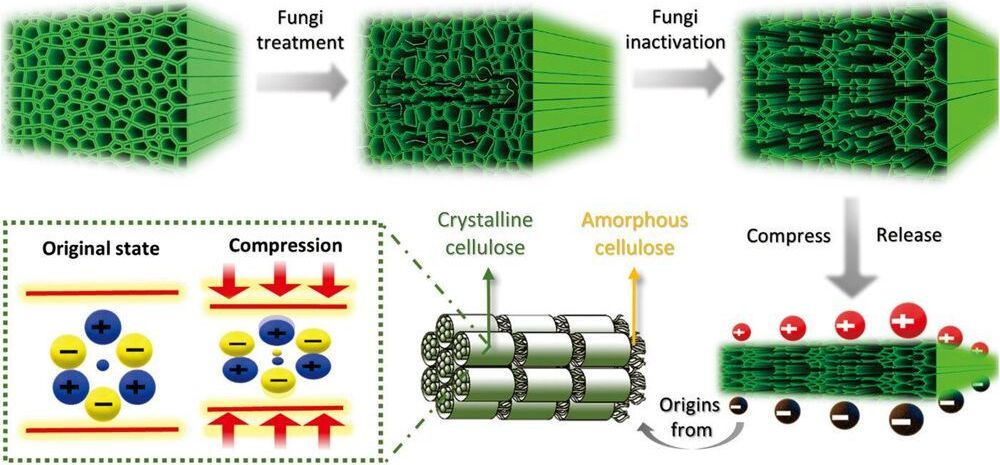Mar 12, 2021
Hackers Are Targeting Microsoft Exchange Servers With Ransomware
Posted by Saúl Morales Rodriguéz in category: cybercrime/malcode
It didn’t take long. Intelligence agencies and cybersecurity researchers had been warning that unpatched Exchange Servers could open the pathway for ransomware infections in the wake of swift escalation of the attacks since last week.
Now it appears that threat actors have caught up.
According to the latest reports, cybercriminals are leveraging the heavily exploited ProxyLogon Exchange Server flaws to install a new strain of ransomware called “DearCry.”
















